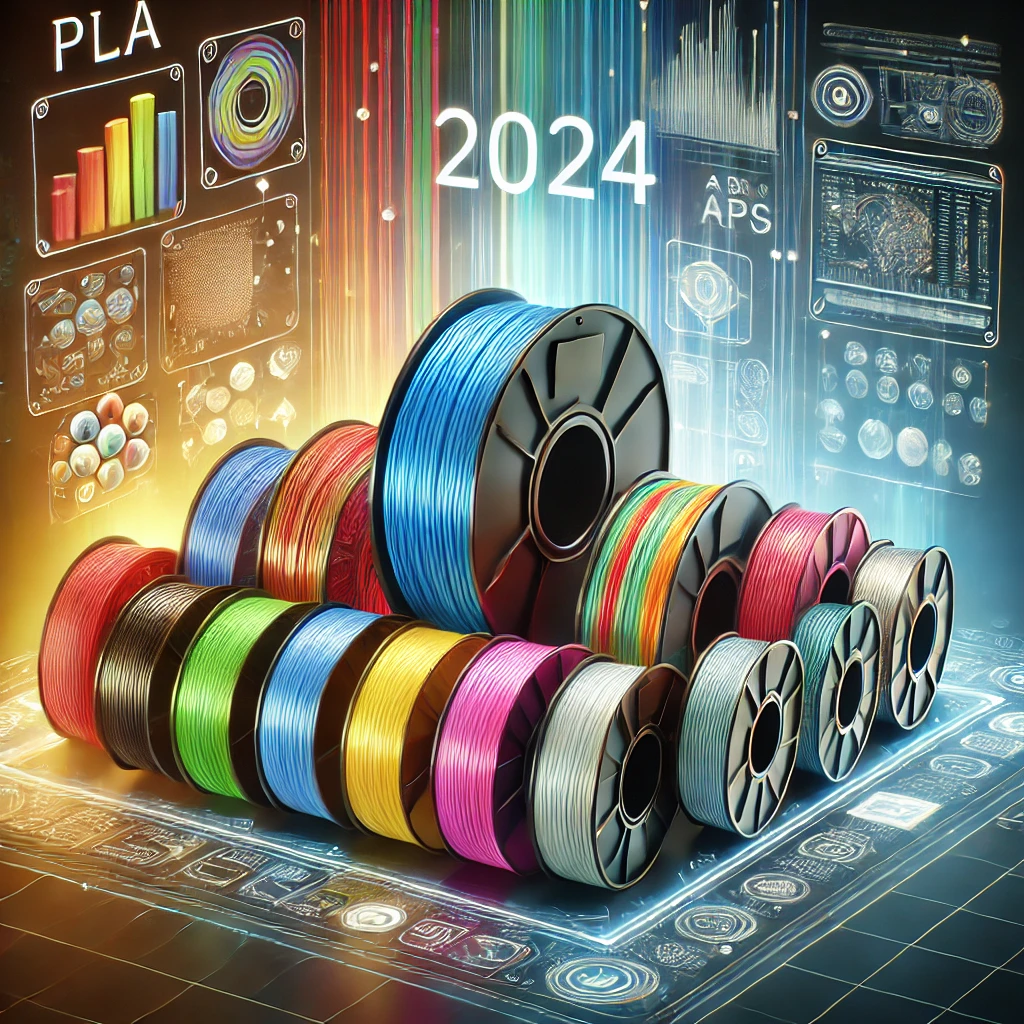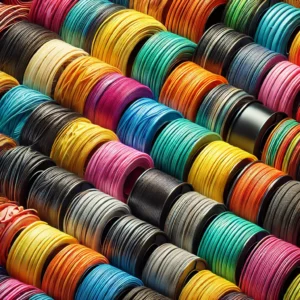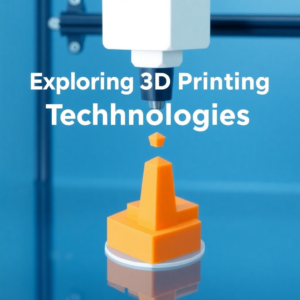Top 3D Printing Filament Materials in 2024

Filament Materials in 2024: What’s New in 3D Printing?
3D printing continues to revolutionize industries, with filament materials playing a crucial role in shaping the possibilities for creators and businesses alike. As we move through 2024, it’s essential to understand the latest advancements in filament materials and how they impact print quality, versatility, and sustainability.
Key Filament Materials in 2024
1. PLA (Polylactic Acid)
PLA remains a favorite among hobbyists and professionals due to its ease of use and eco-friendliness. Derived from renewable resources like cornstarch, PLA is biodegradable, making it a sustainable choice for 3D printing projects.
2. ABS (Acrylonitrile Butadiene Styrene)
ABS is another popular filament known for its durability and impact resistance. It’s widely used for functional prototypes, mechanical parts, and everyday items, providing strength and longevity. While ABS requires a heated bed to print, its robust nature makes it an excellent option for industrial applications.
3. PETG (Polyethylene Terephthalate Glycol)
In 2024, PETG continues to rise in popularity due to its balance between flexibility and strength. PETG is also resistant to water, chemicals, and UV, making it perfect for outdoor applications and functional parts.
4. TPU (Thermoplastic Polyurethane)
For those needing flexibility in their 3D prints, TPU has become the go-to material. It’s excellent for creating soft, rubber-like items such as phone cases, shoe soles, and wearable technology.
New Trends in Filament Materials
The advancement of filament materials in 2024 is driven by two major trends: sustainability and high-performance materials. Manufacturers are innovating with recyclable and biodegradable filaments, while also producing specialized filaments that offer enhanced strength, heat resistance, and conductivity.
Key Considerations When Choosing a Filament
- Print Temperature: Some materials, like ABS, require higher temperatures for optimal printing, while others, such as PLA, print at lower temperatures.
- Strength & Flexibility: Choose materials like PETG or ABS if you need durability, or TPU for flexibility.
- Surface Finish: Matte or glossy finishes are available depending on the material, allowing for aesthetic customization.
With an increasing focus on sustainability and high-performance materials, 2024 offers a diverse range of filament options for both professional and hobbyist 3D printers. Whether you’re looking for eco-friendly materials like PLA or high-strength solutions like PETG, there’s something for every project.




